We follow Vera Koo on her recent adventure to Spain, where she realized a lifelong dream – to see up close and personal real life Flamenco dancers. We think you’ll enjoy her observations about this form of dancing and its culture and how she relates that to her life. ~The Editors
I lived a simple childhood growing up in Hong Kong. My parents were atypical from the Chinese culture: They did not enroll me in music courses, ballet or piano lessons. They were not especially demanding of my school performance, either, although I always attained good grades.
We enjoyed a comfortable, middle-class life but did not have lavish possessions. I remember reading a lot, and I recall playing house with my younger brother and sister. We’d cut up newspaper to use as paper money while we pretended to barter for goods.
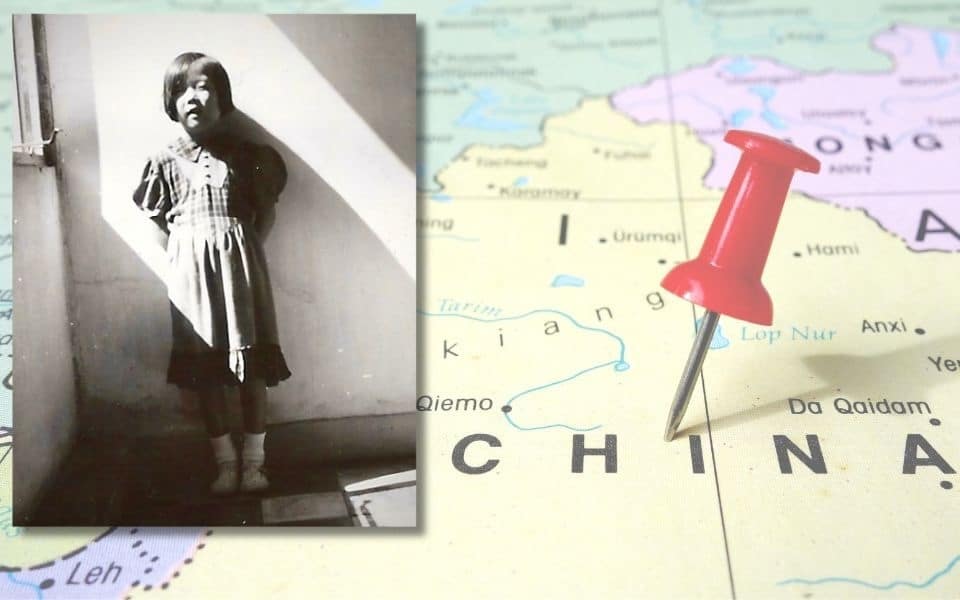
Mostly, though, I remember sitting by the window in the high-rise where we lived as I looked onto the street and people watched.
Sundays, though, brought a sense of excitement for our family. We went to the movies on Sundays. Many of the movies we saw featured scenes of Spanish life. I enjoyed countless bullfighting movies, but my absolute favorites were the movies with flamenco dancers.
Oh, how I loved flamenco dancers.
I especially liked the guy’s role in those flamenco movies. The male dancer usually was a long, lean and handsome man of about 20 years old. He’d wear a white shirt, a short black jacket and tight pants. Such clean lines appealed to my eye. He would hold castanets in his hands – those tiny percussion instruments that make the clicking and clacking noises you probably think of when you visualize flamenco dancing.
In contrast with the men, the women in those movies wore huge skirts with lots of color.
The dancers’ movements, their outfits, the sounds, all of it enchanted me. If someone had asked me what I wanted to be when I grew up, I would have said a flamenco dancer. Never mind that I did not know the Spanish language and lacked the necessary dance skills. As a kid, I never remember wanting to be anything else. The idea of being a flamenco dancer felt like a dream.
Of course, I never became a flamenco dancer, but last fall, I got to see what my dream looked like in person.
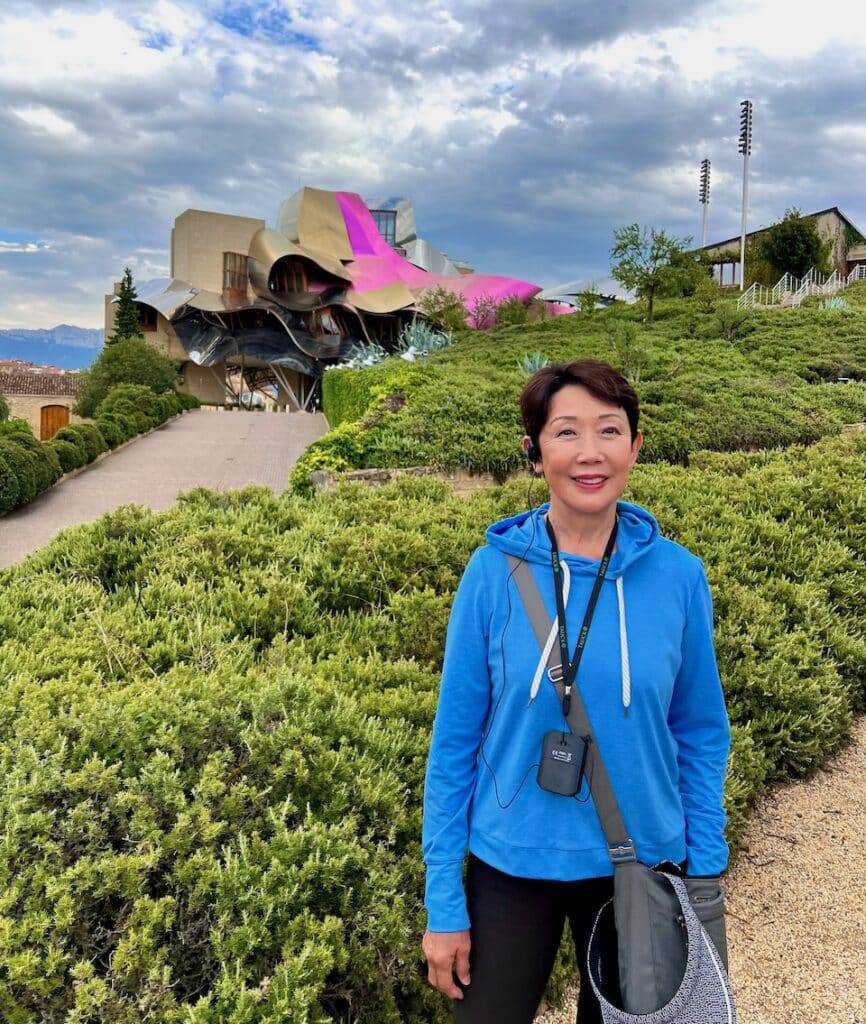
My oldest daughter and I spent two weeks traveling throughout Spain. We saw flamenco dancing performances in Barcelona and Madrid.
The experience illustrated a couple of realities: For one, I no longer want to be a flamenco dancer. I dealt with my share of injuries throughout my shooting career. I know the toll injuries take on your body, mind and spirit. As I watched the dancers stamp their feet and levy force onto the floor to stimulate the audience, I considered how physically strenuous this performance is for the dancers, how it strains their bodies, and how they expose themselves to the risk of back, knee and leg injuries.
I always appreciated the beauty of flamenco dancing in those movies I watched growing up, but seeing the dancers perform in Spain showed me just how physically demanding it is, too.
I was further reminded that real life does not mirror the movies. These Spanish dancers were talented and beautiful, but they nonetheless contrasted from the movie scenes etched in my mind.
I consider this an important lesson. It’s OK to have dreams – beneficial, even. Dreams motivate us. They inspire us. They offer us a reward for which to work to achieve. However, few things in life are as glamorous as they seem on the big screen.
This isn’t a bad thing.
Movies are a fantasy. Reality is coarse and unrefined, but there’s power in the authenticity of it all.
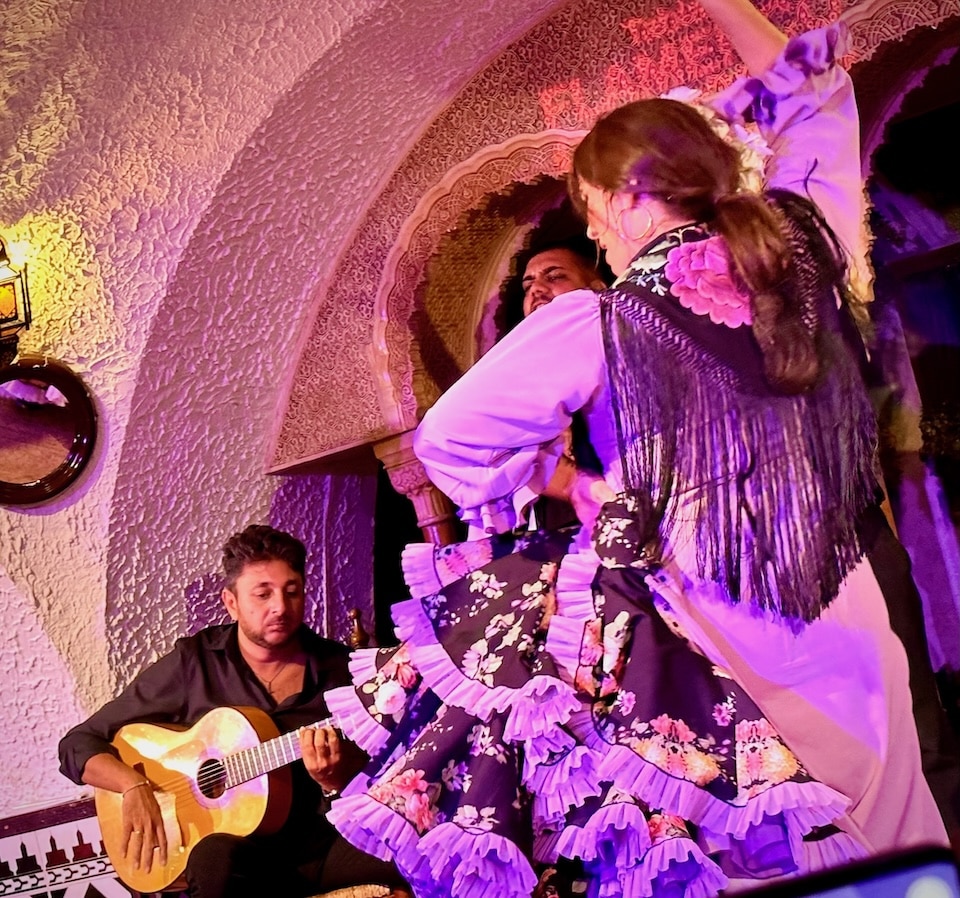
The first performance we saw was a dinner show in Barcelona. I went in expecting to see a male dancer like the ones seared into my mind from my youth, but what I saw differed from my memories. The male dancer was shorter than the men in the movies. He was older, too, although impressively fit. The performance was not as romantic as those movies, either.
The dancers were so passionate, though. Their dedication was obvious. They danced with such spirit and enthusiasm that I figured they must shed several pounds throughout the performance.
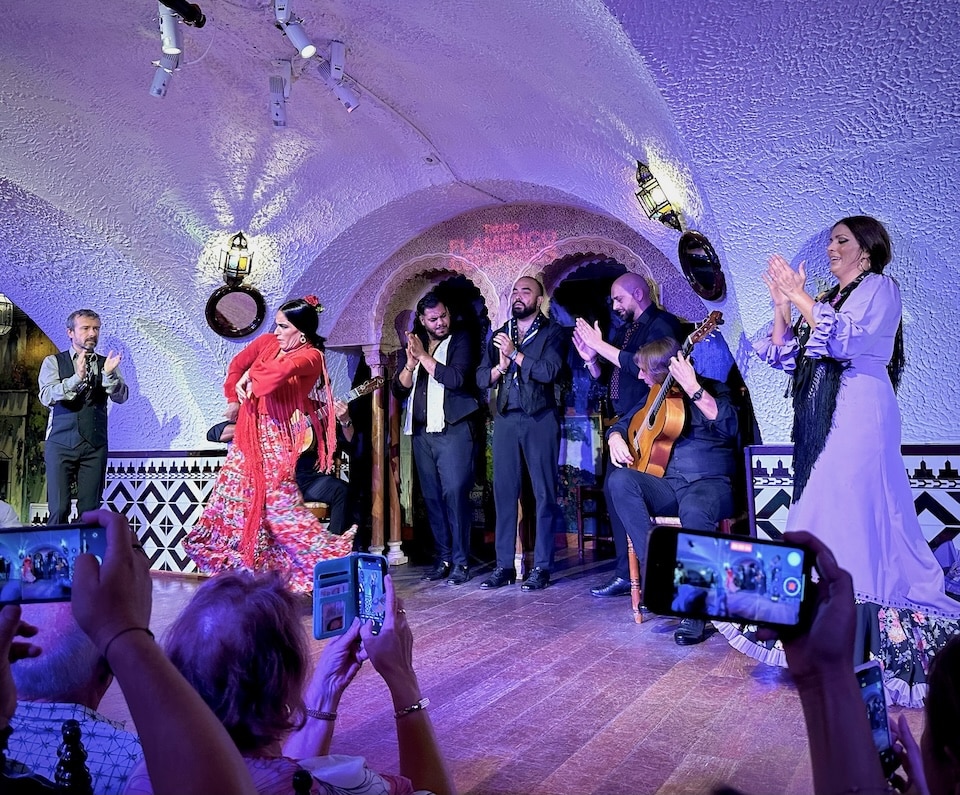
One woman, in particular, performed as if she was in a trance. She was “in the zone,” as a modern athlete might say. I could feel her energy. That’s what great performers do – whether singers, dancers or artists. They make you feel something.
I did not need to understand the Spanish language to sense the mood of the song and the story as a guitarist played and two male singers alternated singing throughout the performance.
The next performance in Madrid occurred on a smaller stage, but the five-piece band gave a transcendent performance. The women dancers in this performance were slim and beautiful. The man was younger, closer to what I had in mind.
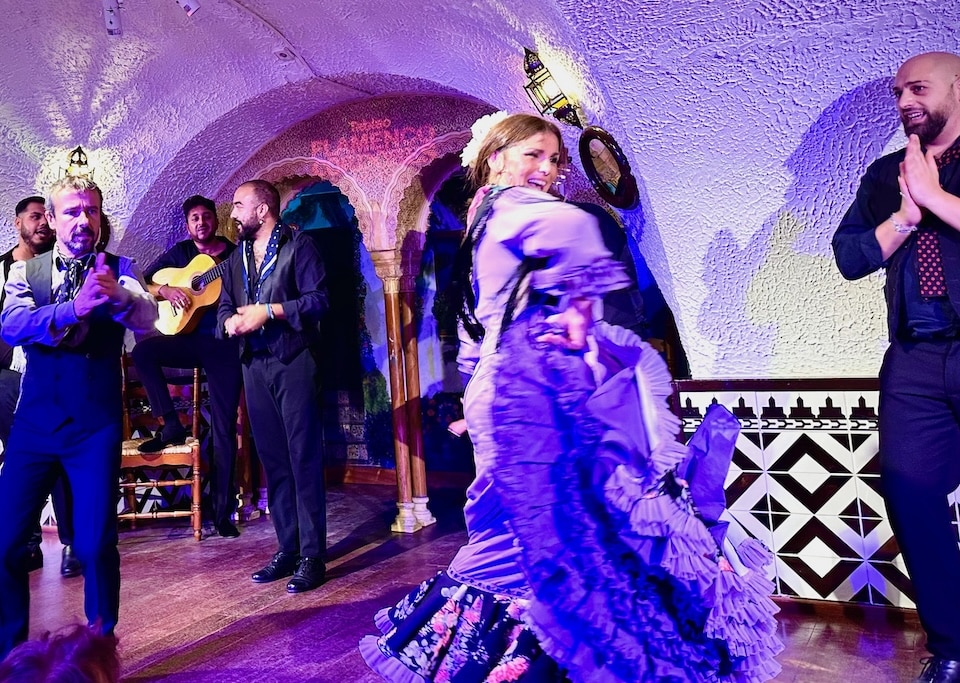
Although the two performances differed, the passion that poured through each show felt tangible.
Flamenco dancing is an old artform that infuses of Romani and Spanish cultures, but it possesses the power to impress a girl who grew up a continent away. The movies my family saw on Sundays became a backdrop to my youth. They taught a Chinese girl who lived a simple life how to dream. That dream remained in the back of my mind for years and years.
As a woman, I saw how dreams and movies often contrast from reality.
Dreams are beautiful, and everything in the cinema looks so cool.
Reality is raw and powerful and human.
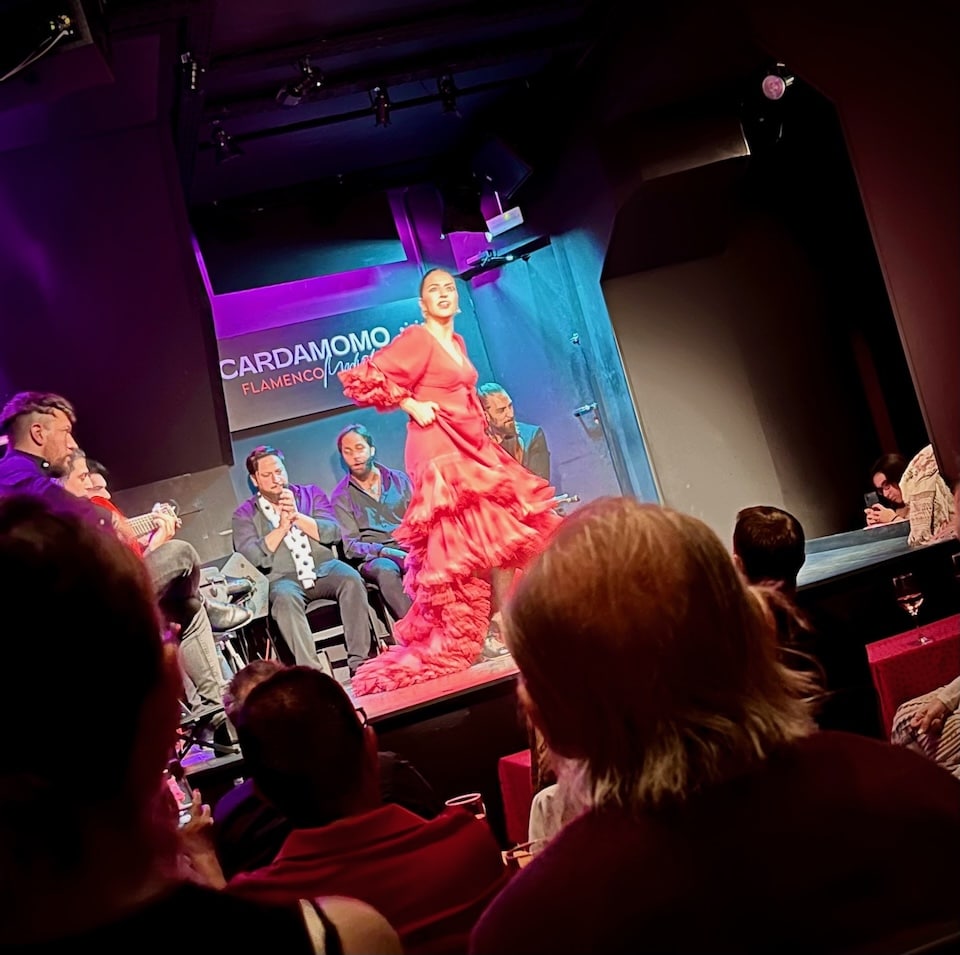
At those performances in Barcelona and Madrid, I did not witness exactly what I had imagined. Real life struggles to match the elegance of the cinema.
Still, nothing can replace the passion and authenticity I witnessed during the Spanish flamenco dancers’ live performances. Seeing them perform brought my dream to life, even if reality parted from the dream.
Read more about Vera Koo’s fascinating adventures at her website.
Vera Koo is a first-generation Chinese American woman. She’s a wife and mother, author, entrepreneur and retired competition shooter. Along with two published books -- "The Most Unlikely Champion" and "Wisdom and Things: Essays From an Unlikely Champion" -- she writes her column, Vera Koo, at "Women’s Outdoor News." View all posts by Vera Koo